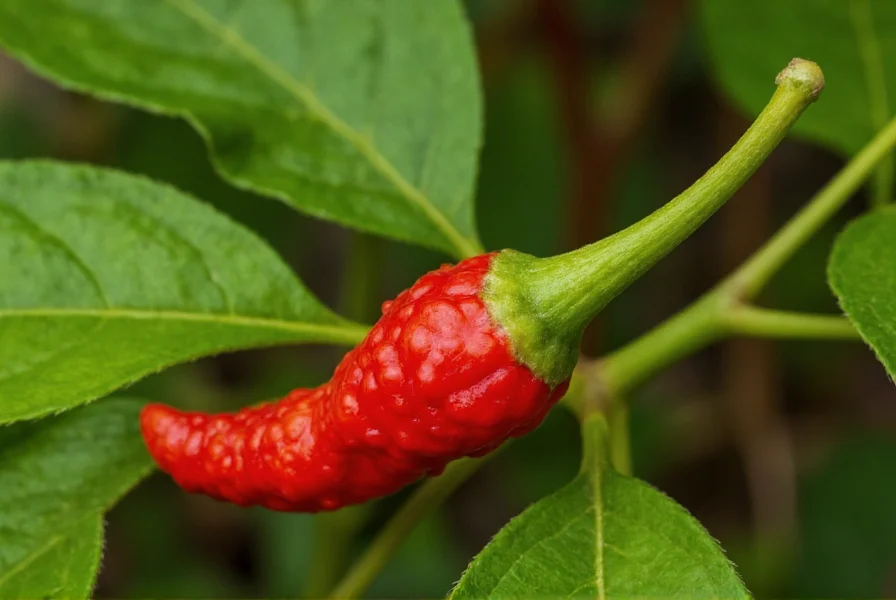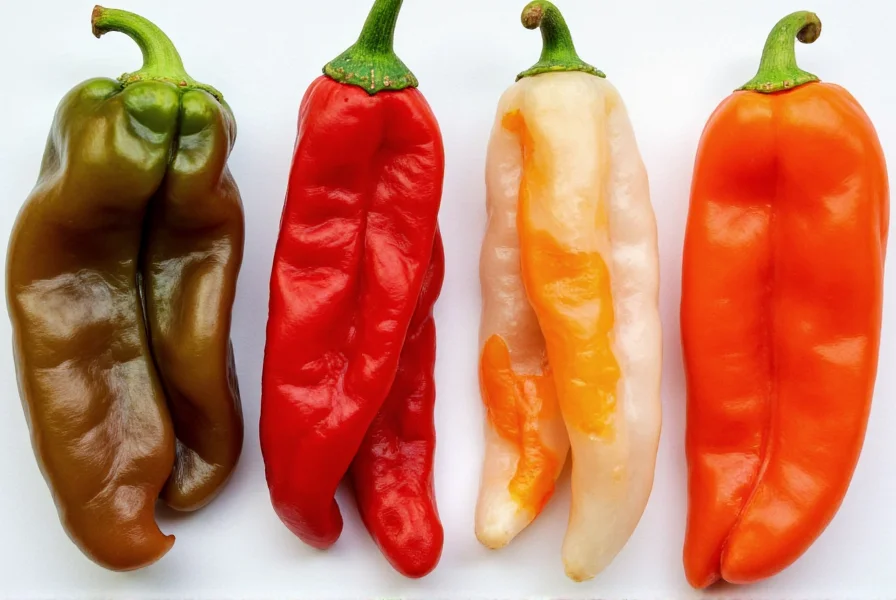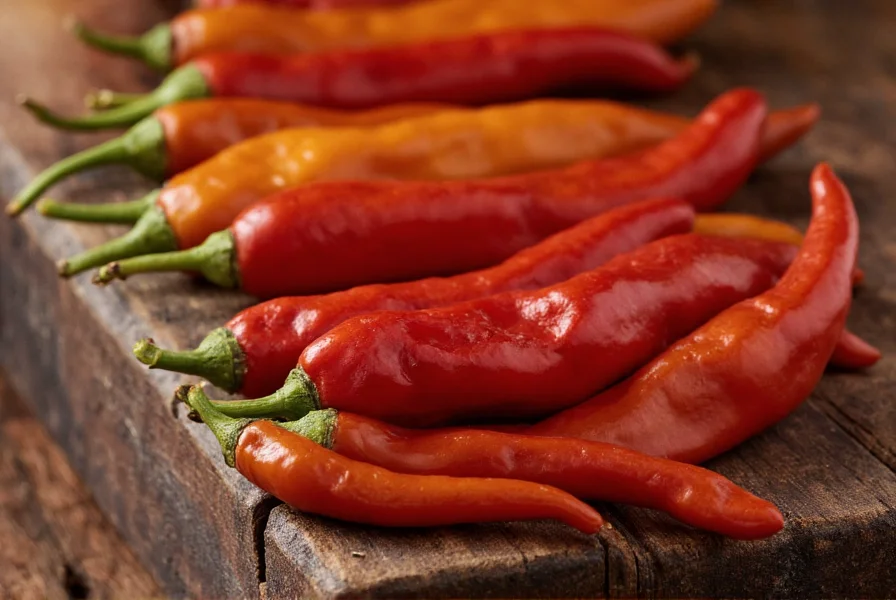For spice enthusiasts and culinary adventurers seeking extreme heat, understanding the current champion of capsaicin potency is essential. This comprehensive guide examines the Carolina Reaper's dominance in the world of superhot peppers, providing verified data from agricultural laboratories and official certification bodies. We'll explore the science behind its unprecedented heat level, compare it with historical contenders, and address critical safety considerations for those considering interaction with this botanical firebrand.
Scientific Verification of the World's Hottest Pepper
Independent laboratory testing conducted by Winthrop University in South Carolina confirmed the Carolina Reaper's status through high-performance liquid chromatography (HPLC), the scientific standard for measuring capsaicinoid concentration. Unlike the older Scoville Organoleptic Test which relied on human tasters, HPLC provides precise, objective measurements of capsaicin content.
| Pepper Variety | Average SHU | Peak SHU | Guinness Recognition |
|---|---|---|---|
| Carolina Reaper | 1,641,183 | 2,200,000+ | 2013-Present |
| Trinidad Moruga Scorpion | 1,200,000 | 2,009,231 | 2012-2013 |
| Naga Viper | 1,382,118 | 1,800,000 | 2010-2012 |
| Bhut Jolokia (Ghost Pepper) | 855,000 | 1,041,427 | 2007-2010 |
Origin and Development of the Carolina Reaper
Born from the meticulous crossbreeding efforts of South Carolina-based pepper farmer Ed Currie, the Carolina Reaper combines genetics from Pakistani Naga and St. Vincent Red Habanero peppers. Currie's selective breeding program, spanning nearly a decade, specifically targeted extreme heat production while maintaining distinctive flavor characteristics.
The pepper's distinctive appearance features a bumpy, red exterior with a characteristic stinger-like tail, typically measuring 1-2 inches in length. Despite its fearsome reputation, the Carolina Reaper offers complex flavor notes of sweet fruitiness before the intense heat manifests approximately 30 seconds after consumption.

Safety Considerations for Handling Superhot Peppers
Working with the world's spiciest pepper requires serious precautions that many amateur enthusiasts underestimate. Capsaicin concentration in Carolina Reapers is so extreme that:
- Skin contact without gloves can cause chemical burns requiring medical attention
- Inhalation of capsaicin particles while cutting peppers may trigger respiratory distress
- Consumption beyond personal tolerance can lead to severe gastrointestinal distress
- Eye exposure requires immediate medical treatment to prevent corneal damage
Emergency preparedness is crucial when handling these peppers. Keep milk, yogurt, or other dairy products nearby as capsaicin is fat-soluble, while water merely spreads the burning sensation. For skin exposure, isopropyl alcohol followed by moisturizing cream provides the most effective relief.
Debunking Common Misconceptions About Superhot Peppers
Several persistent myths surround the world's hottest peppers that require clarification:
Myth: The Dragon's Breath pepper has surpassed the Carolina Reaper
Reality: Despite viral claims, Dragon's Breath lacks official verification through standardized HPLC testing and Guinness World Records certification.
Myth: Eating superhot peppers can be fatal
Reality: While extremely uncomfortable, consumption of even the hottest peppers cannot reach lethal levels for healthy adults due to natural vomiting reflexes preventing dangerous quantities.
Future Contenders for the Spiciest Pepper Title
Pepper breeders worldwide continue developing new hybrids that may challenge the Carolina Reaper's dominance. Current promising candidates include:
- PuckerButt Pepper Company's Pepper X: Claimed to reach 3.18 million SHU, though lacking official Guinness verification
- CHIPOTLE X: Experimental hybrid showing potential for 2.5+ million SHU in preliminary tests
- Seven Pot Douglah: Consistently measures over 1.8 million SHU in independent tests
However, without official certification through standardized testing protocols and third-party verification, these claims remain unofficial. The scientific community maintains that any legitimate claim to the world's hottest pepper title requires:
- Testing through accredited laboratories using HPLC methodology
- Multiple samples from mature plants grown under standardized conditions
- Documentation meeting Guinness World Records verification requirements
- Consistent results across multiple growing seasons

Responsible Enjoyment of Extreme Heat
For those interested in experiencing the Carolina Reaper's intense heat, responsible consumption practices are essential. Start with minuscule portions (1/10th of a pepper or less), have dairy products readily available, and never consume on an empty stomach. Individuals with gastrointestinal conditions, heart problems, or respiratory issues should avoid superhot peppers entirely.
The true appeal of the Carolina Reaper extends beyond mere heat measurement. Its complex flavor profile—featuring notes of cinnamon, cherry, and citrus—makes it valuable for specialty hot sauce production when properly balanced with complementary ingredients. Many award-winning hot sauces use Carolina Reapers not for pure heat, but for their distinctive flavor contribution at controlled concentrations.











 浙公网安备
33010002000092号
浙公网安备
33010002000092号 浙B2-20120091-4
浙B2-20120091-4